How to Track Employee Training within QMS
Effective employee training is the backbone of any successful Quality Management System (QMS). Not only does it ensure that staff can perform their roles effectively, but it also guarantees that the company’s processes and products remain consistent and of high quality.
However, as important as training is, tracking it effectively is equally crucial.
Here’s how to effectively track employee training.
1. Centralized Training Database
An Employee Training System consolidates all training-related data into a single, organized database. This centralization eliminates the need to sift through disparate records or files. With everything housed in one place, managers and HR professionals can quickly access and review training histories, ensuring that every employee’s training journey is well-documented and easily retrievable.
2. Regular Training Audits
Manual audits can be time-consuming and prone to oversight. An Employee Training System automates this process, regularly scanning training records to ensure compliance and consistency. By automating audits, the system not only reduces the margin for error but also frees up valuable time that can be redirected to more strategic tasks.
3. Use of Training Management Software
Integration capabilities are a hallmark of modern Employee Training Systems. These systems are designed to work in tandem with other HR and management tools. This interoperability ensures a seamless flow of data across platforms, reducing redundancy and ensuring that every system is updated with the latest training information.
4. Feedback Mechanisms
Feedback is crucial for the continuous improvement of training modules. An Employee Training System facilitates immediate feedback collection post-training sessions. This real-time data provides invaluable insights, allowing trainers and managers to identify areas of improvement and adjust training content accordingly.
5. Set Clear Training Milestones
Training is an ongoing process, with various milestones set for different roles and stages. The system actively tracks these milestones, sending out notifications for upcoming training sessions or certifications. This proactive approach ensures that employees remain on track with their training schedules and that no crucial sessions are missed.
6. Integration with Performance Metrics
Training should translate to tangible improvements in performance. An Employee Training System bridges the gap between training data and performance metrics. By correlating these two sets of data, managers can gauge the direct impact of specific training modules on performance, allowing for data-driven decisions on future training investments.
7. Continuous Improvement
Quality Management Systems thrive on adaptability and continuous improvement. In line with this ethos, Employee Training Systems are designed for flexibility. As training needs evolve or as new industry standards emerge, the system can be easily updated, ensuring that the training framework remains relevant and effective.
In conclusion, tracking employee training is about ensuring that every member of the organization is equipped with the knowledge and skills they need to uphold the company’s commitment to quality.
By implementing robust tracking mechanisms, companies can ensure that their workforce remains competent, compliant, and ready to deliver excellence at every turn.
Looking for an effective Training Management Solution?
Every organization is unique, and so should be its training system.
At DatabaseProviders, you get a customizable Employee Training System to fit your distinct needs. Learn more about Custom Employee Training management software here.

